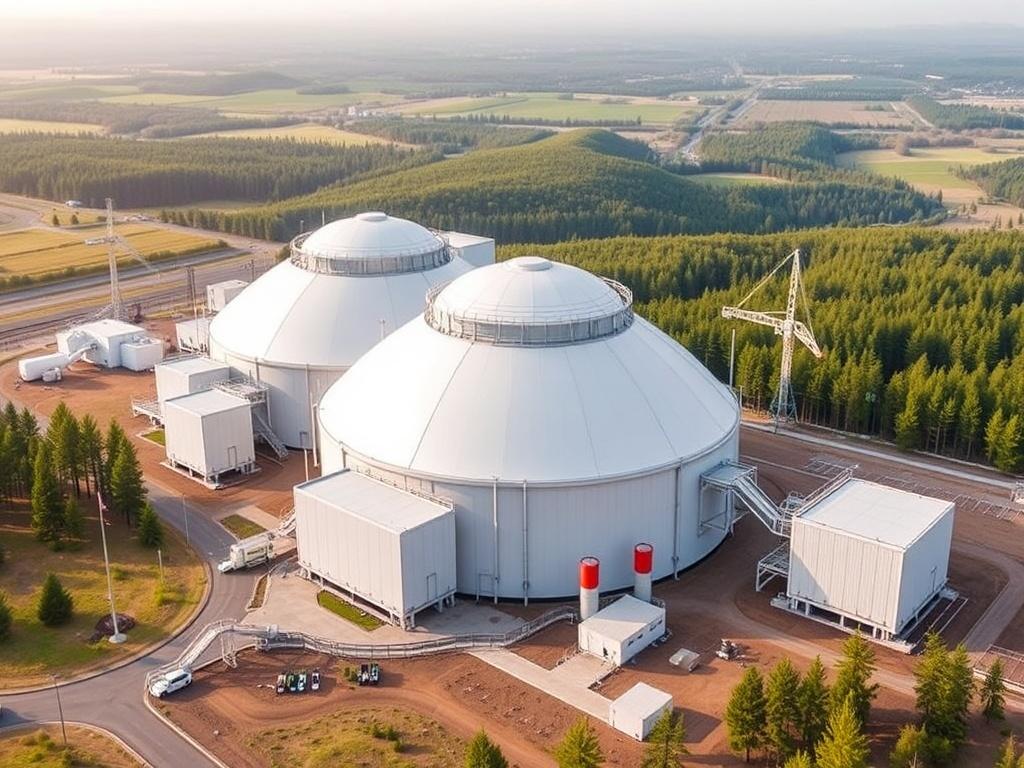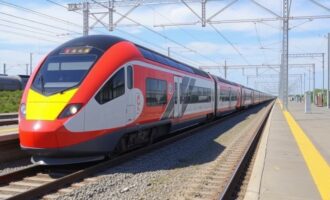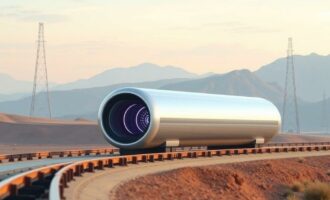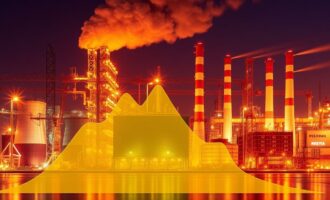- What Are Small Modular Reactors?
- The Technology Behind SMRs
- Key Features of SMRs
- Why Are Small Modular Reactors Considered a Game Changer?
- 1. Flexibility and Scalability
- 2. Enhanced Safety
- 3. Economic Benefits
- 4. Support for Remote and Industrial Applications
- The Challenges Facing Small Modular Reactors
- 1. Regulatory and Licensing Hurdles
- 2. Economic Viability and Market Competition
- 3. Public Perception and Political Will
- 4. Waste Management and Decommissioning
- Global Initiatives and Current Status of SMR Development
- How SMRs Fit Into a Clean Energy Future
- Potential Applications of SMRs
- The Future Outlook: What’s Next for Small Modular Reactors?
- Conclusion
In the ever-evolving world of energy, the spotlight is increasingly turning toward innovative technologies that promise safer, cleaner, and more efficient power generation. Among these breakthroughs, Small Modular Reactors (SMRs) have been gaining significant attention. But what exactly are SMRs, and why are they being hailed as a potential game changer? This article delves deep into the world of Small Modular Reactors, exploring their technology, benefits, challenges, and the role they could play in shaping the future of global energy systems.
What Are Small Modular Reactors?
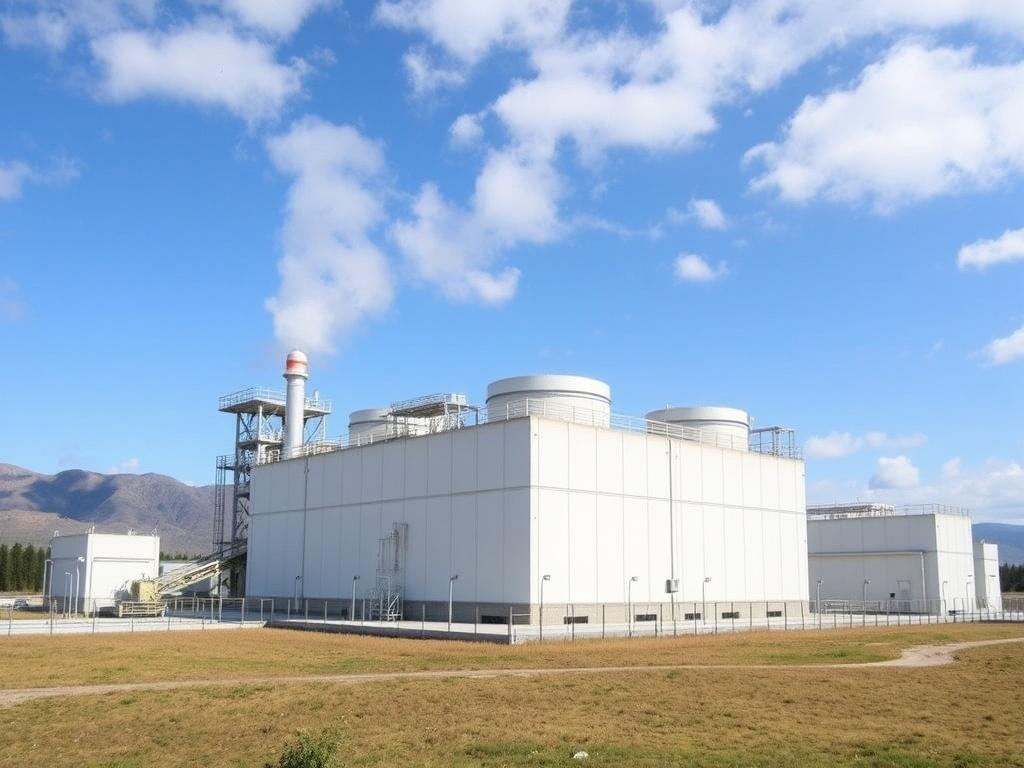
Small Modular Reactors, often abbreviated as SMRs, are an advanced type of nuclear reactor designed to be smaller in size than traditional nuclear power plants. Instead of constructing massive, site-built reactors, SMRs are factory-manufactured and delivered fully assembled or in modules, ready to be installed quickly on-site. This modular approach allows for greater flexibility, scalability, and potentially lower upfront costs, making nuclear power accessible in ways never seen before.
Unlike traditional reactors that can generate over 1,000 megawatts of electricity, SMRs typically produce between 10 and 300 megawatts. While this might seem like a disadvantage initially, these smaller power outputs are part of what makes SMRs so versatile. They can be used in remote locations, industrial sites, or integrated with renewable energy sources to balance power grids.
The Technology Behind SMRs
SMRs often utilize advanced reactor designs that incorporate passive safety features. These features allow the reactor to shut down safely without human intervention or external power, reducing the risk of accidents. Some SMRs use light water reactors similar to conventional nuclear plants, while others explore innovative designs like molten salt reactors or gas-cooled reactors. This diversity in design demonstrates the flexibility of SMRs and their potential to harness nuclear technology in safer and more efficient ways.
Key Features of SMRs
- Modular construction for faster deployment
- Enhanced safety through passive and inherent safety systems
- Scalability to meet varying power demands
- Reduced land footprint compared to traditional plants
- Ability to be deployed in remote or off-grid locations
Why Are Small Modular Reactors Considered a Game Changer?
There are several compelling reasons why SMRs might revolutionize the nuclear energy industry and broader energy markets worldwide. Let’s explore the main advantages that position Small Modular Reactors at the forefront of future energy solutions.
1. Flexibility and Scalability
One of the most remarkable benefits of SMRs is their flexibility. Unlike large-scale nuclear plants that require years to build and demand massive capital investment, SMRs can be deployed in smaller increments, allowing utilities to add capacity gradually as demand grows. This scalability is particularly important as energy grids become more complex and renewable energy sources fluctuate in output.
2. Enhanced Safety
Nuclear safety has always been a top concern for the public and regulators alike. SMRs incorporate advanced safety measures such as passive cooling systems, smaller core sizes that reduce the amount of nuclear fuel, and modular designs that isolate potential problems. These elements combine to reduce the chances of accidents and minimize the impact on surrounding communities in unlikely scenarios.
3. Economic Benefits
The modular manufacturing process central to SMRs suggests potential for reduced construction costs and timelines. By producing reactors in factories rather than on-site, SMRs avoid many pitfalls that have plagued traditional nuclear projects, such as cost overruns and delays. Moreover, their smaller size means a lower initial capital requirement, broadening nuclear power accessibility to a wider range of countries, including those with less-established infrastructure.
4. Support for Remote and Industrial Applications
SMRs can provide reliable power to remote regions, islands, and industrial facilities such as mining operations or desalination plants. Traditional grid extension to these areas can be prohibitively expensive or environmentally damaging. With SMRs, clean and consistent electricity becomes feasible, supporting local economies and reducing the reliance on fossil fuels.
The Challenges Facing Small Modular Reactors
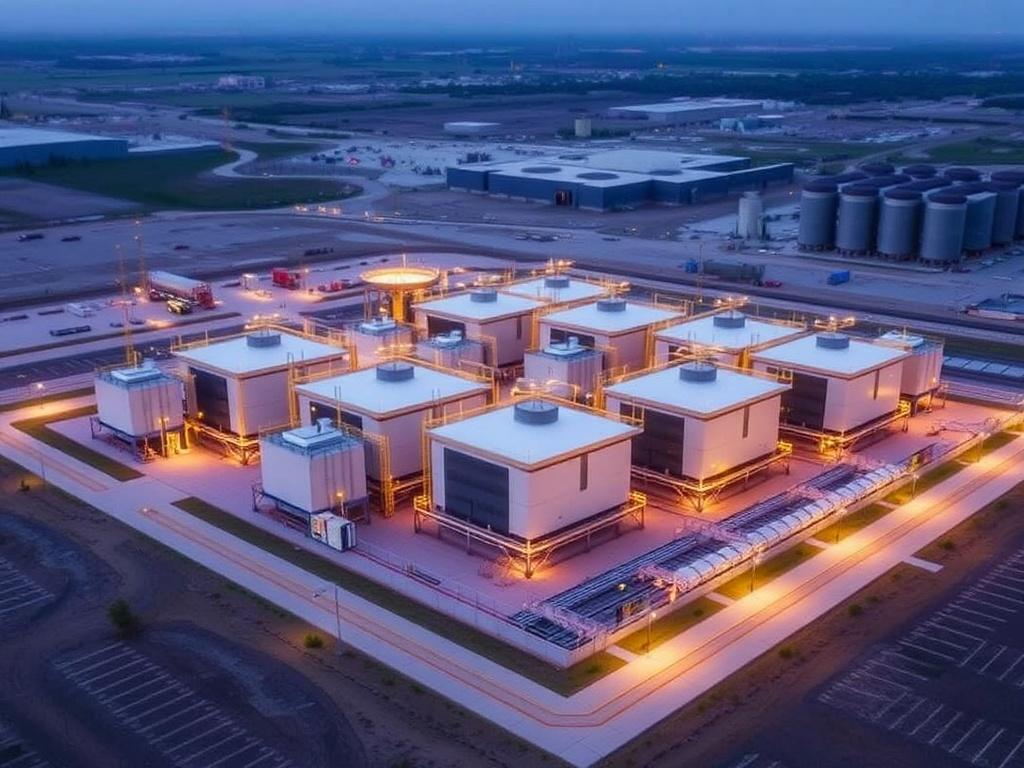
Despite the exciting prospects, Small Modular Reactors are not without challenges. For SMRs to become widely adopted, several hurdles must be overcome, ranging from regulatory issues to market acceptance.
1. Regulatory and Licensing Hurdles
SMRs represent a new paradigm in nuclear power, and existing regulatory frameworks are often tailored to large-scale reactors. Developing standardized licensing processes for SMRs will be crucial to avoid costly and time-consuming approval delays. Additionally, balancing the need for rigorous safety assessments with streamlined procedures will be key to the timely deployment of SMRs.
2. Economic Viability and Market Competition
Although SMRs promise cost reductions, the technology is still emerging, and commercial viability remains to be proven on a large scale. Competition from falling costs of renewables such as wind and solar, paired with battery storage, places additional pressure on SMR developers to demonstrate clear economic advantages. Furthermore, the cost of producing nuclear fuel and managing waste can impact long-term economics.
3. Public Perception and Political Will
Nuclear energy has faced skepticism and opposition due to historical incidents and concerns about radioactive waste. Gaining public trust and political support is fundamental for SMRs to flourish. Transparent communication about safety, environmental impact, and long-term benefits will be vital to securing acceptance and attracting investment.
4. Waste Management and Decommissioning
Even though SMRs produce less waste than conventional reactors, managing nuclear waste remains a significant issue. Solutions for safe storage and eventual decommissioning must be planned carefully. The long lifespan of nuclear materials demands policies and infrastructure that support responsible waste handling for decades to come.
Global Initiatives and Current Status of SMR Development
Worldwide, governments and private companies are investing heavily in SMR research and development. Different countries are taking unique approaches to advance this promising technology, reflecting their energy needs, regulatory environments, and strategic goals.
| Country | Project Highlights | Expected Timeline |
|---|---|---|
| United States | Multiple SMR designs under development, including NuScale’s light water reactors; strong government support with the Department of Energy funding demonstration projects. | First operational SMRs expected in late 2020s |
| Canada | Focus on SMRs for remote communities and mining projects; collaboration between government and private sector backing development of modular reactors. | Demonstration units by early 2030s |
| United Kingdom | Plans to integrate SMRs into future clean energy strategy; Rolls-Royce leading development of modular reactors optimized for UK energy needs. | Commercial deployment aimed for 2030s |
| Russia | Operating floating SMR units that supply power to Arctic regions; wide experience with advanced reactor technologies. | Active operations with plans for expansion |
| China | Developing several SMR designs domestically; considerable investment in nuclear infrastructure development. | Operational projects planned mid to late 2020s |
How SMRs Fit Into a Clean Energy Future
As the world races to reduce carbon emissions and combat climate change, the role of nuclear energy is being reconsidered. Small Modular Reactors offer a unique combination of stability, low carbon footprint, and adaptability that complements renewable energy sources well. When paired with solar, wind, and energy storage systems, SMRs can help provide a reliable backbone for electricity grids, ensuring continuous power supply during periods when renewables are less productive.
Potential Applications of SMRs
- Grid stability and backup power generation
- Desalination plants supplying fresh water in arid regions
- Hydrogen production through high-temperature electrolysis
- Supplying heat and power to industrial processes
- Remote community electrification
These diversified uses further reinforce the potential game-changing nature of Small Modular Reactors in meeting both energy and environmental goals.
The Future Outlook: What’s Next for Small Modular Reactors?
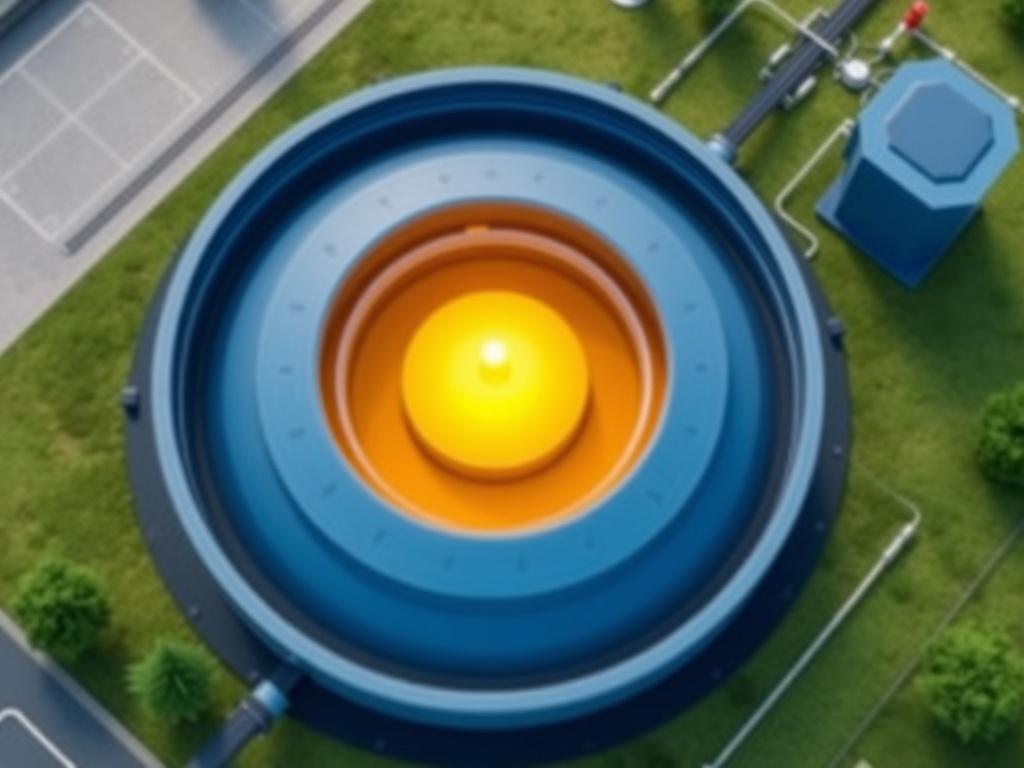
The future of Small Modular Reactors looks promising, yet carefully contingent on overcoming current challenges. Continued advancements in technology, supportive regulatory frameworks, and effective collaboration between governments and industry stakeholders will be vital to unlock their full potential. Additionally, raising public awareness and acceptance through education and transparency remains essential.
Innovative financing models, international cooperation, and integration with renewable resources could accelerate SMR deployment and pave the way for smarter, cleaner energy systems worldwide.
Conclusion
Small Modular Reactors represent a significant shift in how we think about nuclear energy and power generation generally. Their modularity, enhanced safety, and flexibility make them well suited for addressing the complex energy challenges of the 21st century. While hurdles remain, SMRs hold the promise of becoming a true game changer—offering cleaner, safer, and more affordable nuclear power for diverse applications and regions. As this technology matures, it could become a cornerstone of the global transition to a sustainable energy future, providing reliable and low-carbon energy to complement renewables and help meet climate goals worldwide.
Как вам статья?

